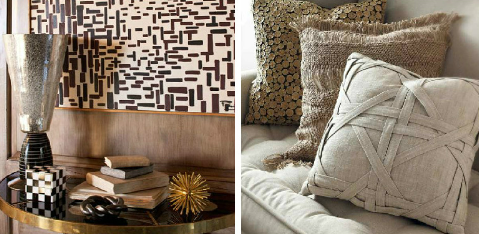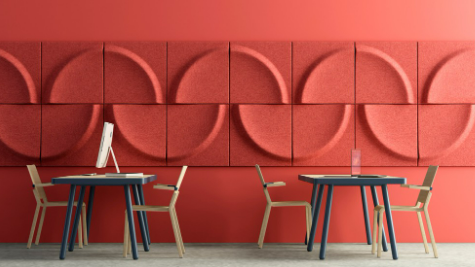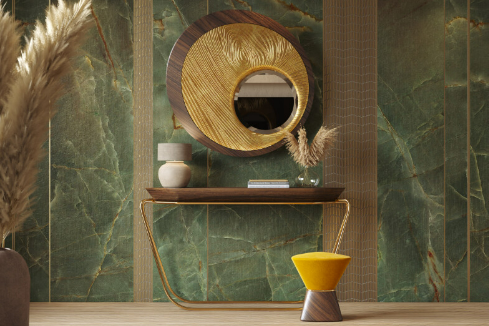The Art of Sensory Enrichment: Exploring Visual and Tactile Texture in Interior Design
In the realm of interior design, texture serves as a powerful tool for transforming spaces into captivating havens. Visual textures, ranging from the intricate grain of wood to the subtle patterns of fabric, create dynamic environments that engage the senses. Meanwhile, tactile textures, such as plush rugs and exposed brick, offer a tangible quality that invites touch and interaction. Let's delve into the significance of visual and tactile texture and how they shape contemporary interior design

Enhancing the Sensory Experience: Texture adds depth, character, and comfort to a room, transcending the purely visual aspects of design. It engages not only our eyes but also our hands, enriching our experience of a space. By incorporating a variety of textures, designers create environments that are not only visually appealing but also physically engaging, fostering a sense of connection and well-being. Embracing Texture Trends: Tactile Design trends are rooted in the understanding that texture is about more than just aesthetics; it's about creating a sensory experience. From the resurgence of raw and natural materials to the indulgence in luxurious fabrics, designers are exploring a diverse range of textures to enrich interior spaces.

1. Raw and Natural Materials: The incorporation of raw and natural materials, such as stone, wood, and unrefined metals, reconnects us with nature within our homes. These materials bring authenticity and timelessness to a space, adding depth and texture while conveying a sense of rootedness and connection to the earth. 2. Luxurious Fabrics and Upholstery: Luxurious fabrics like plush velvets, sumptuous silks, and soft faux furs offer a sense of opulence and elegance. They provide visual and tactile richness, inviting relaxation and enjoyment while infusing spaces with a touch of luxury.

3. Contrast and Combinations: Designers are experimenting with contrasting textures and combining them to create visual and sensory interest. By juxtaposing rough with smooth, sleek with distressed, they infuse dynamic energy into a room, sparking curiosity and defining specific areas within a space. 4. Sensory Decor and Haptic Trends: Sensory decor explores how textures influence emotions and well-being, catering to all senses, not just sight. Layering different textures, from soft pillows to cool surfaces, creates a multi-dimensional experience that enhances comfort and connection.\ 5. Sustainability and Tactile Design: Sustainability is a driving force in modern design, influencing texture choices towards eco-friendly materials like bamboo flooring and recycled glass countertops. These sustainable textures not only add richness to spaces but also contribute to a greener, more responsible design ethos.

Conclusion: As we navigate an increasingly digital and disconnected world, the textures we choose to surround ourselves with offer a sense of grounding, connection, and comfort. The rise of Tactile Design reflects our innate need for sensory richness in our living spaces. Moving forward, texture will continue to shape the way we design and experience our homes, enriching our lives in both subtle and profound ways.

